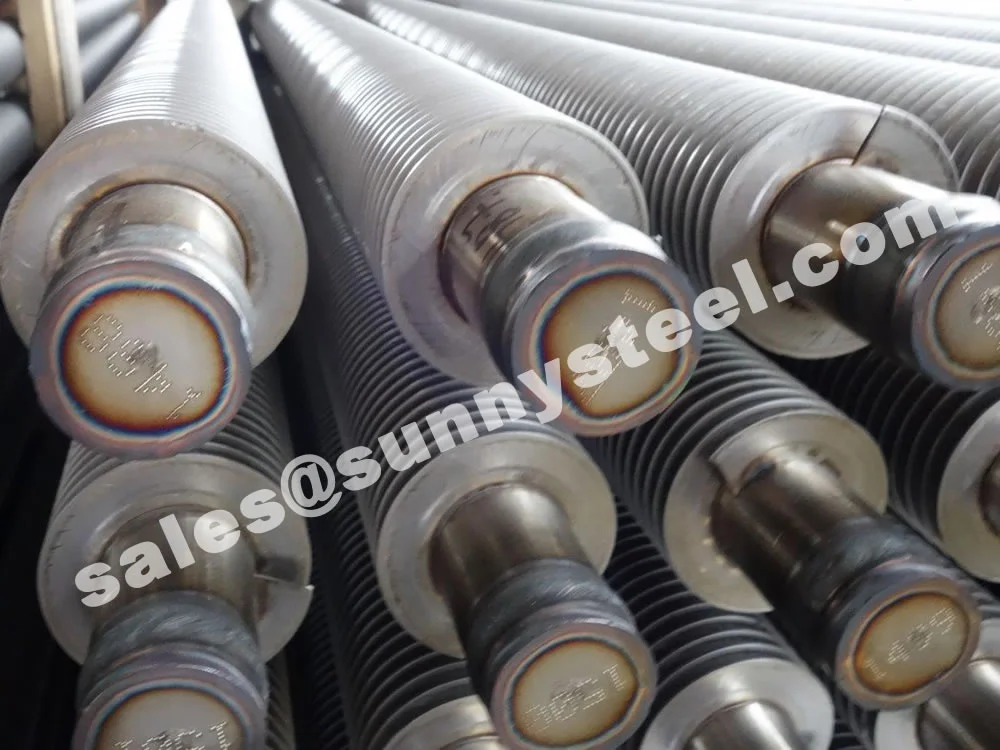
Cost-effective L-shaped Finned Tubes For Air-cooled Exchangers
L type finned tube for heat exchanger is a type of finned tube used in heat exchangers to increase the surface area for heat transfer between the fluid inside the tube and the fluid outside the tube.
Cost-effective L-shaped Finned Tubes For Air-cooled Exchangers
L type finned tube for heat exchanger is a type of finned tube used in heat exchangers to increase the surface area for heat transfer between the fluid inside the tube and the fluid outside the tube.
L Type Finned Tube is a specialized heat exchanger fin designed to enhance thermal transfer by increasing the external surface area through L-shaped fins made of aluminum or copper tape. These L finned tubes are created by folding fin strips into an L-shape and spirally winding them under tension around the outer surface of a base tube, typically made of carbon steel, stainless steel, or copper. Conforming to standards like ASTM A179, A213, and ASME SB338, L Type Finned Tubes are widely used in air coolers and heat exchangers in petrochemical, power generation, paper, tobacco, and building heating industries, offering robust corrosion resistance and boiler pipeline protection. Their maximum operating temperature reaches 230°C.
The manufacturing process involves wrapping the L-shaped fin strip tightly around the base tube, with the fin feet pressed firmly against the tube surface to ensure secure bonding and efficient heat transfer. The base tube outer diameter ranges from 16mm to 50.8mm, with fin heights up to 16.5mm, fin thicknesses of 0.4mm to 0.6mm, and a minimum fin pitch of 2.1mm (12 FPI). Tube lengths can extend up to 18 meters, with both ends protected by zinc or aluminum metallized coatings via electrospray arc systems to enhance corrosion resistance. Accessories like tube support boxes, clamps, or spacer boxes (made of aluminum, zinc, or stainless steel) ensure structural stability in air cooled exchangers.
L Type Finned Tubes undergo rigorous testing, including tensile, flattening, hardness, and hydrostatic tests, to comply with ASTM A450/A450M and TEMA standards. The L-shaped fin design forms a trapezoidal section that aligns with heat flow density, ensuring high thermal efficiency and eliminating contact heat resistance caused by gaps. These tubes are particularly effective in air-cooled heat exchangers, where they improve heat transfer efficiency by 3-5 times compared to plain tubes, making them suitable for applications like power plant cooling (electric, nuclear, thermal, and geothermal) and petrochemical air coolers. Their cost-effective design balances performance and affordability, ideal for moderate heat transfer needs.
Compared to other finned tubes like G-type or extruded types, L finned tubes offer a simpler, more economical construction with reliable performance in low-to-moderate temperature environments (up to 230°C). The tight fin-to-tube bond resists vibration and thermal cycling, while surface treatments like galvanization or 3LPE coatings provide additional corrosion resistance against atmospheric conditions or corrosive fluids. Available in sizes from 5/8” to 2” with fin pitches of 6-12 FPI, these tubes support diverse configurations, including straight or U-bend designs, meeting specific project requirements in HVAC and industrial piping systems.
Addressing challenges like pipeline wear, corrosion, and thermal inefficiency, L Type Finned Tubes deliver a durable and efficient solution for thermal transfer tubes. Their ability to enhance heat transfer while maintaining a compact footprint makes them a preferred choice for engineers seeking cost-effective boiler pipeline protection in air-cooled systems. Whether in petrochemical refineries, power plants, or building heating applications, these tubes ensure reliable performance and longevity in demanding conditions.
L-Type finned tubes feature a unique L-shaped fin design, offering enhanced heat transfer efficiency for applications in power generation, petrochemical, and HVAC systems.
The fins are attached to the outer surface of the tube, forming continuous L-shaped profiles along the length. This design is particularly effective in heat exchangers, air coolers, and condensers where efficient heat transfer is essential. Specific dimensions can vary based on fluid properties, operating temperatures, and pressure conditions to optimize system performance.
The L-shaped fin design increases surface area, enabling higher heat dissipation or absorption for demanding applications.
Greater heat transfer performance results in energy savings and higher overall system efficiency.
Compatible with various fluids thanks to material options like copper, aluminum, or stainless steel.
Maintains optimal temperature levels, enhances overall heat exchange capabilities, and boosts energy efficiency.
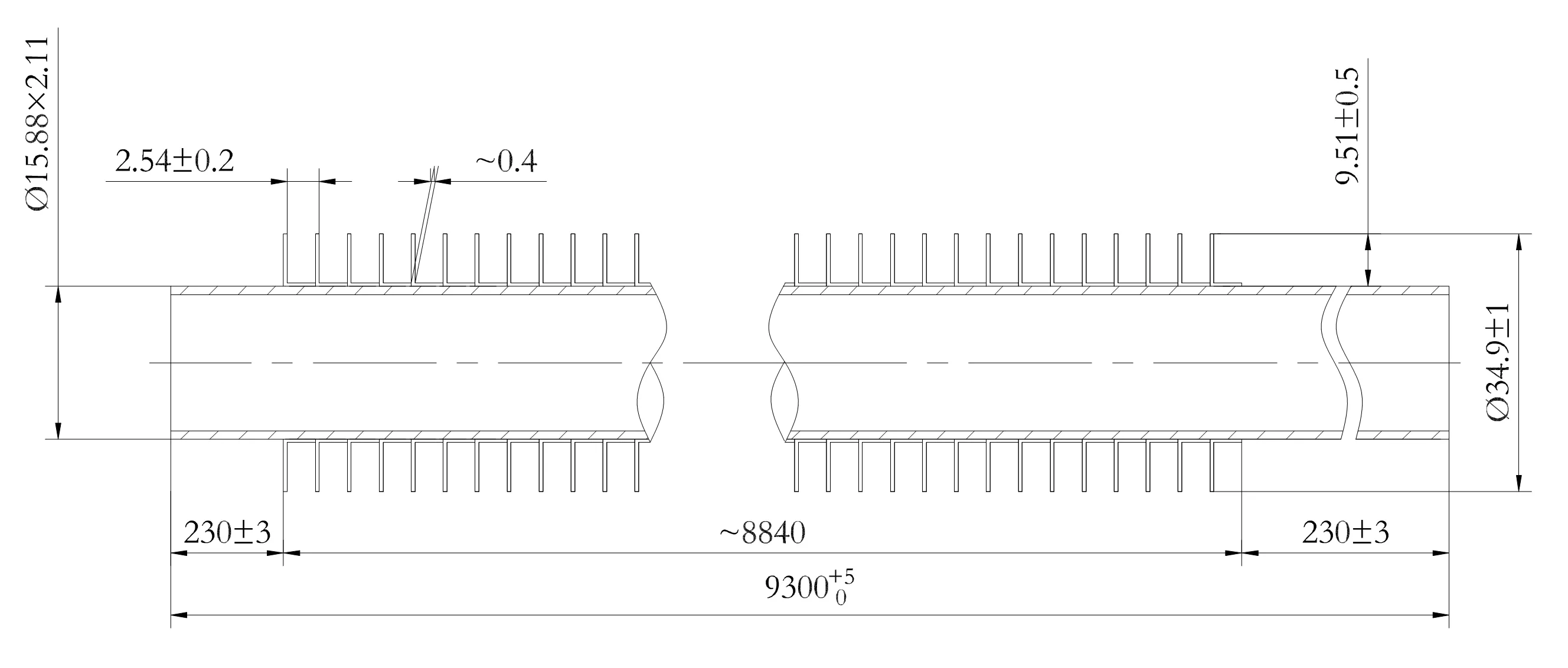
| Sr. No | Particulars | Range |
|---|---|---|
| 1 | Base Tube Material | Stainless Steel, Carbon Steel, Alloy Steel, Titanium, Copper, Duplex Stainless Steel, Inconel etc. (all material in the theoretical limit) |
| 2 | Base Tube Diameter | 12.70 mm to 38.10 mm |
| 3 | Base Tube Thickness | 1.25 mm and above |
| 4 | Base Tube Length | 500 mm (Min) to 15000 mm (Max) |
| 5 | Fin Material | Aluminum, Copper, Stainless Steel, etc. |
| 6 | Fin Thickness | 0.3 mm, 0.35 mm, 0.4 mm, 0.45 mm, 0.55 mm, 0.60 mm, 0.65 mm |
| 7 | Fin Density | 236 FPM (6 FPI) to 433 FPM (11 FPI) |
| 8 | Fin Height | 9.8 mm to 16.00 mm |
| 9 | Bare Ends | As per Client Requirement |
| 10 | Manufacturing Capacity | 5,00,000 Meter Per Annum |
We can supply material on an urgent delivery basis due to our large stock and relationships with raw material suppliers. We only use prime quality base tubes and aluminium material.

Also referred to as the 'L' foot fin tube or spirally wound fin tube, this design is achieved by wrapping the fin strip around the base tube. The fin base is shaped into an 'L', providing a strong grip and protection against atmospheric corrosion.

An enhancement of the L type fin tube, the 'LL' design overlaps the 'L' foot of each fin with the next, forming a double 'L' foot. This improves corrosion resistance and ensures a tighter, more durable bond between the fin and tube.

The most widely used wrap-around type, the KLM fin tube is manufactured like the 'L' type but with knurling of both the tube and fin base. This creates a secure mechanical bond and enhances thermal contact efficiency.

We offer you a broad portfolio of materials and can expand our offerings at any time to meet your specific needs regarding thermal conductivity, mechanical properties, or corrosion resistance.
For Aluminum L-Foot finned tubes, the fin material is aluminum, either 1100-0. The tube material is generally carbon steel, stainless steel, or brass; however the tube can be of any material.
For Welded Helical Solid and Welded Helical Serrated finned tubes, the fin and tube materials can be any combination that can be welded together using HIGH FREQUENCY WELDING process.
The materials chosen for a given application are a function of service temperature, corrosive environment, and/or erosive environment. Common tube materials used for our welded product lines include: carbon steel, carbon moly, chrome moly, stainless steel, Inconel, and Incoloy. Common fin materials include: carbon steel; stainless steels of types 304, 310, 316, 321, 409, and 410; Nickel 200, and Inconel.
We offer you a broad portfolio of materials and can expand our offering at any time to meet your specific needs regarding thermal conductivity, mechanical properties, or corrosion resistance.
| Material | Grade |
|---|---|
| Carbon Steel Tubes | A179, A192, SA210 Gr A1/C, A106 Gr B, A333 Gr3/Gr6/Gr8, A334 Gr3/Gr6/Gr8, 09CrCuSb, DIN 17175 St35.8/St45.8, EN 10216 P195/P235/P265, GB/T3087 Gr10/Gr20, GB/T5310 20G/20MnG |
| Alloy Steel Tubes | A209 T1/T1a, A213 T2/T5/T9/T11/T12/T22/T91, A335 P2/P5/P9/P11/P12/P22/P91, EN 10216-2 13CrMo4-5/10CrMo9-10/15NiCuMoNb5-6-4 |
| Stainless Steel Tubes | TP304/304L, TP316/TP316L, TP310/310S, TP347/TP347H |
| Copper Tubes | UNS12200/UNS14200/UNS70600, CuNi70/30, CuNi 90/10 |
| Titanium Tubes | B338 Gr 2 |
Our factory is equipped with professional technical research and design personnel who can provide product optimization design and services.
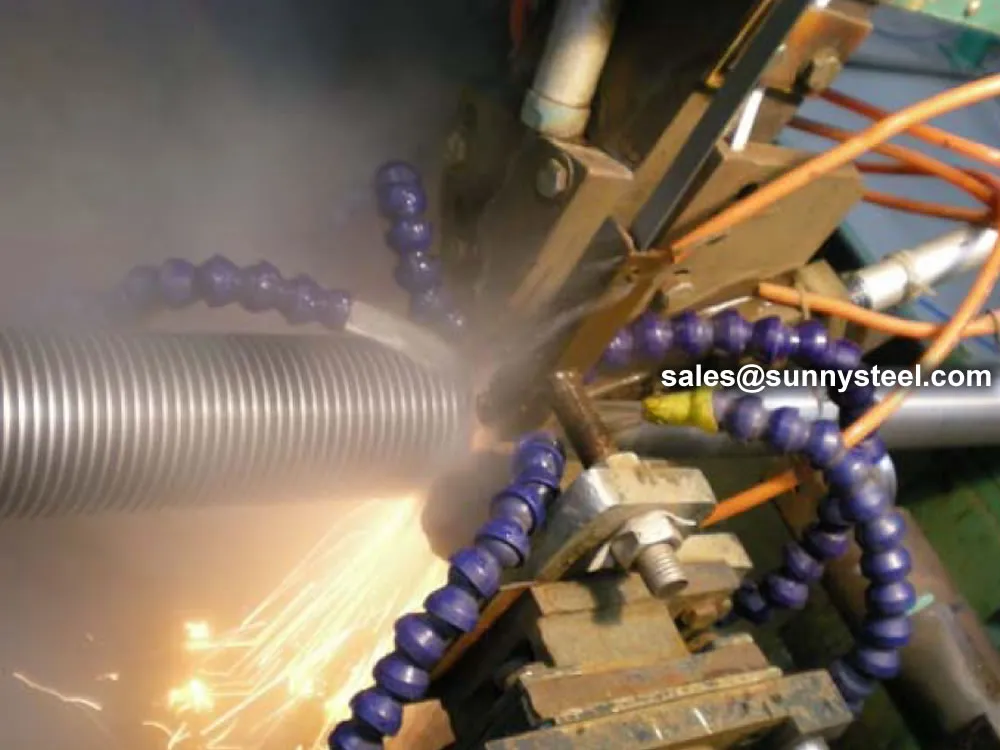
Quality is the foundation of an enterprise. We adopt advanced production equipment and experienced technical personnel, constantly improve product technology, strictly control every processing step, and strive to compete with first-class quality products.
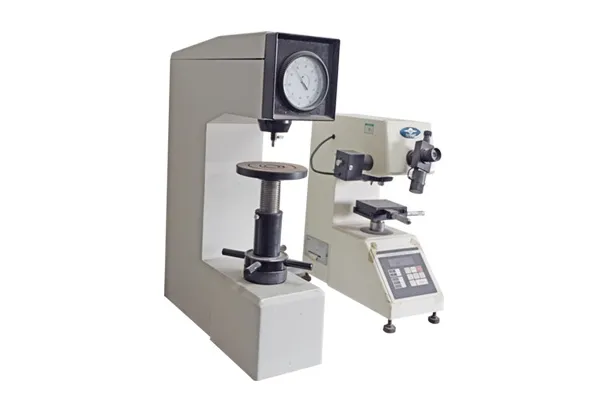
Testing instrument
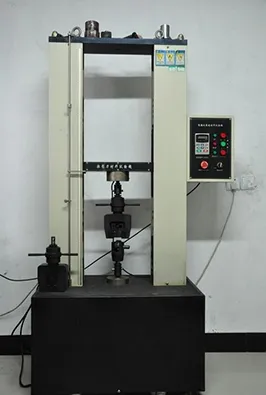
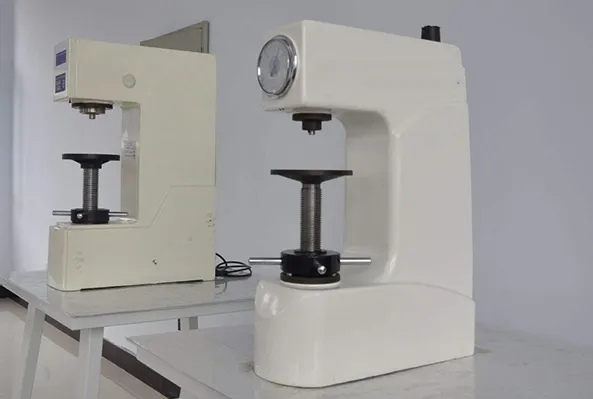
Hardness tester
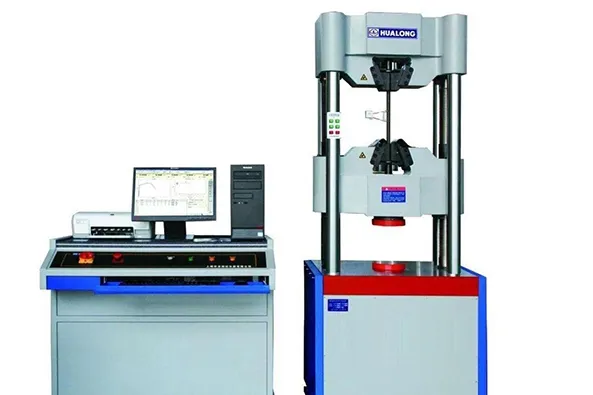
Drawing Machine
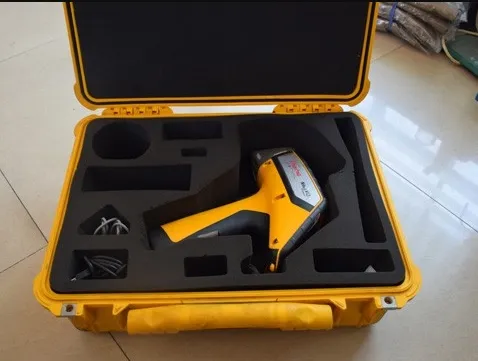
Component analyzer
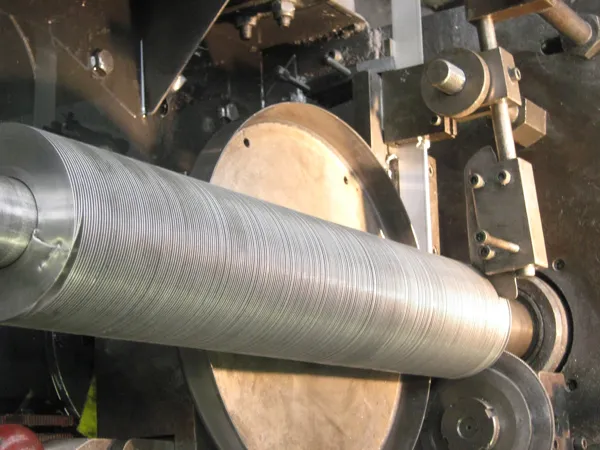
Aluminium KL finned tube
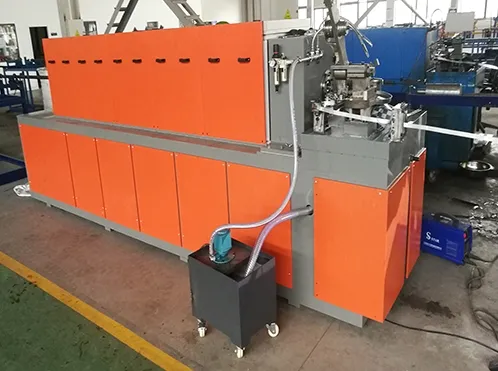
L LL KL G production line
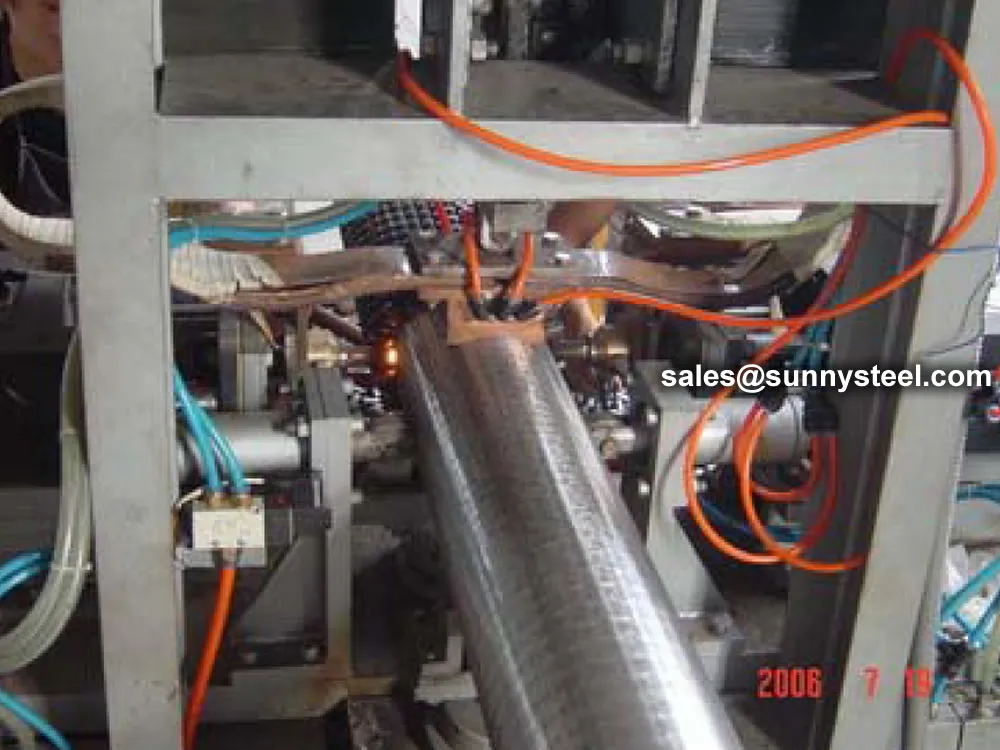
Production equipments
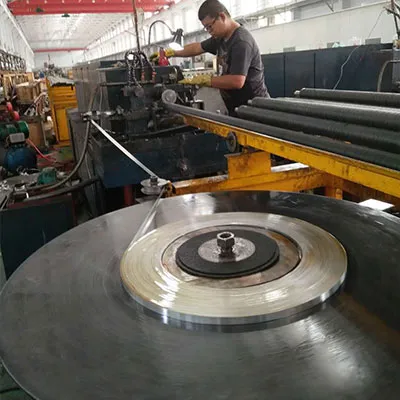
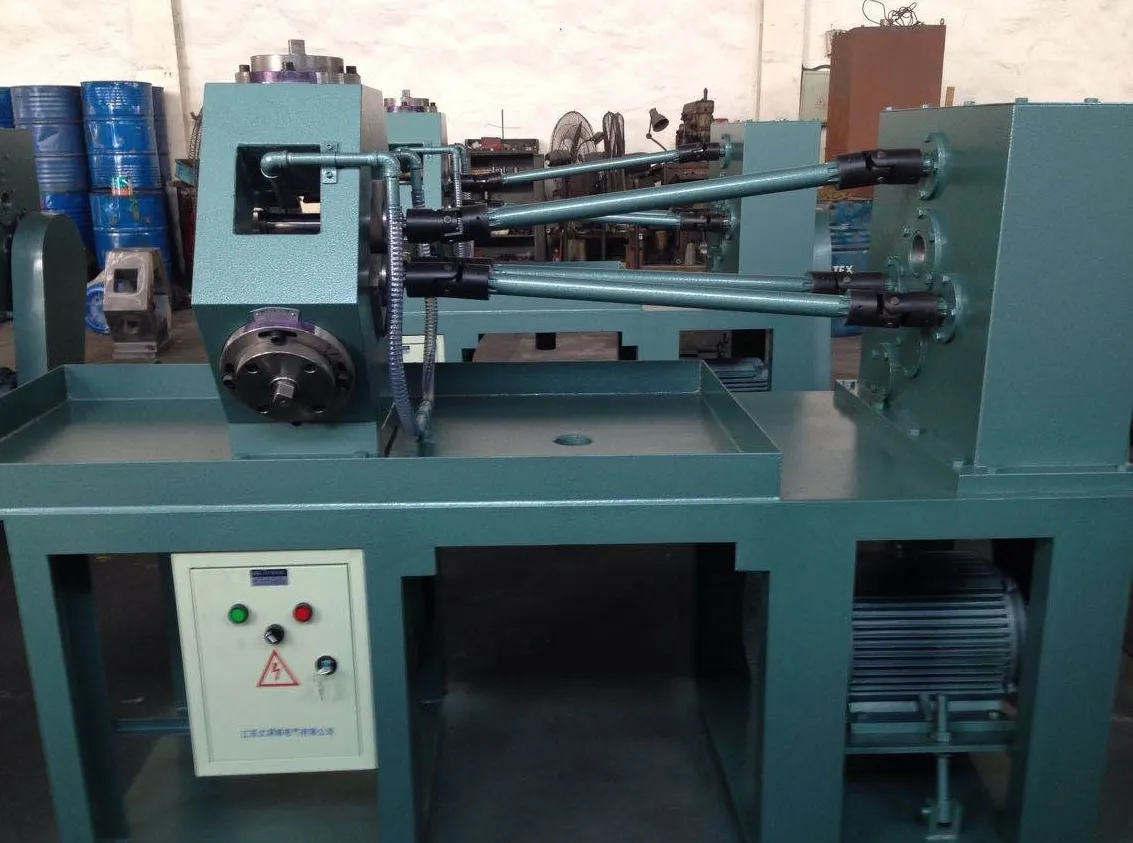
Extrusion equipment
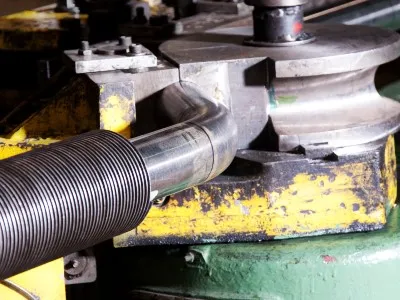
Fin tube bending
Finned tubes are available in many types and configurations. Below is a detailed classification based on fabrication process, fin geometry, material, and applications.

Fin tubes are a type of heat exchanger used in many industries. They are made of aluminum cladded carbon steel and have brazed aluminum fins. The fins increase the surface area of the tubes, which allows them to transfer heat more efficiently. This makes them ideal for applications where high heat transfer rates are required.
Finned tubes are used in applications that involve the transfer of heat from a hot fluid to a colder fluid through a tube wall. They are used in condensers, coolers, and furnaces. The larger surface area means that fewer tubes are needed compared to the use of plain tubes.
The type of finned tube is chosen depending on the specific requirements of each process equipment unit. The fin type and combination of materials are chosen based on the specific requirements of each process equipment unit.
Finned tubes are used in applications where high heat transfer rates are required, such as in power plants and refrigeration systems. The fins increase the surface area of the tube, allowing for more efficient heat transfer between two fluids. This makes them an ideal solution for heat transfer applications where space is limited.
Finned tubes are used in condensers, coolers, and furnaces. The larger surface area means that fewer tubes are needed compared to the use of plain tubes. This can decrease the overall equipment size and can in the long-run decrease the cost of the project.
Finned tube heat exchangers can be used in a broad range of industries including oil & gas, power generation, marine and HVAC&R. They generally use air to cool or heat fluids such as air, water, oil or gas, or they can be used to capture or recover waste heat.
The biggest problem with using a finned tube heat exchanger is with the cleaning and maintenance of the outer surface of the tubes. Because of the fins, mechanical cleaning becomes very difficult and you would have to go for chemical cleaning.
Fin tubes are a type of heat exchanger that are used in many industries. They have a finned surface, which increases their surface area and allows them to transfer heat more efficiently. Finned tubes are typically used in two-phase heat transfer applications, such as condensation or evaporation.
Finned pipes are generally used for single-phase heat transfer applications. Both finned pipes
and finned tubes use fins to increase the surface area for heat transfer.
Finned tubes are used when the heat transfer coefficient on the outside of the tubes is
appreciably lower than that on the inside. They can reduce the equipment cost and also equipment
sizes.
There are several kinds of fin tubes, such as:
High fin tubes are better for applications where the temperature difference between two fluids is high. Low fin tubes are better for applications where the temperature difference is low.
High fin tubes are made of a metal tube surrounded by an aluminum or copper strip. The strip can be applied in different ways, including type L, type KL, type LL, type G (embedded), or type extruded. The higher the fin height, the more surface area and heat transfer capabilities.
Low fin tubes are made of a single material and have a smaller fin of about 1/16th of an inch. They are generally used in liquid to liquid or liquid to gas applications such as coolers, condensers, and chillers.
The profile of the fins has a significant effect on the performance of a finned tube heat exchanger. The larger the fins and the tighter the fin pitch, the more thermal conductivity is achieved.
Finned tubes are a series of tubes with fins on the outside. The fins increase the surface area for heat transfer, which increases the rate of heat exchange. Finned tubes are used in heat exchangers to transfer heat between hot and cold streams. The heat transfer rate depends on the temperature difference between the two fluids and the heat transfer coefficient between each of the fluids.
Finned tube heat exchangers are used in a variety of industries, including:
Finned tube heat exchangers can be used to:
Regular cleaning to prevent fouling, with coatings for corrosion resistance; inspect for wear in high-vibration areas.
Fin tubes are widely used in heat exchangers for industries such as petroleum, petrochemical, steel, power generation, and many more. Different fabrication technologies determine their cost, performance, and efficiency. Below are the main types of fin tube production methods.
Fabricated with punched single fins manually or mechanically placed on the base tube at a certain spacing.
Manual set: Relies on human force; easy to loosen.
Mechanical set: High pressure, stronger bonding, suitable for larger volumes, but noisy and less safe.
Hydraulic set: Quieter, safer, but higher cost and lower productivity.
Produced by winding a steel strip around the tube while applying high-frequency current (skin and proximity effects).
Heat brings the material to a plastic/melt state, ensuring strong bonding under pressure.
Advantages:
- High bonding strength
- Superior quality
- High automation & efficiency
- Widely used in waste heat recovery, power, metallurgy, oil & gas, and petrochemical industries
Made by extruding an outer aluminum or copper tube (muff) over a base tube. Rotating discs squeeze the fins
into a spiral in one operation.
Advantages:
- High production efficiency
- Strong fin-to-tube contact
- Low material cost
- High heat transfer performance
Available as single-metal (copper/aluminum) or bi-metal composite tubes.
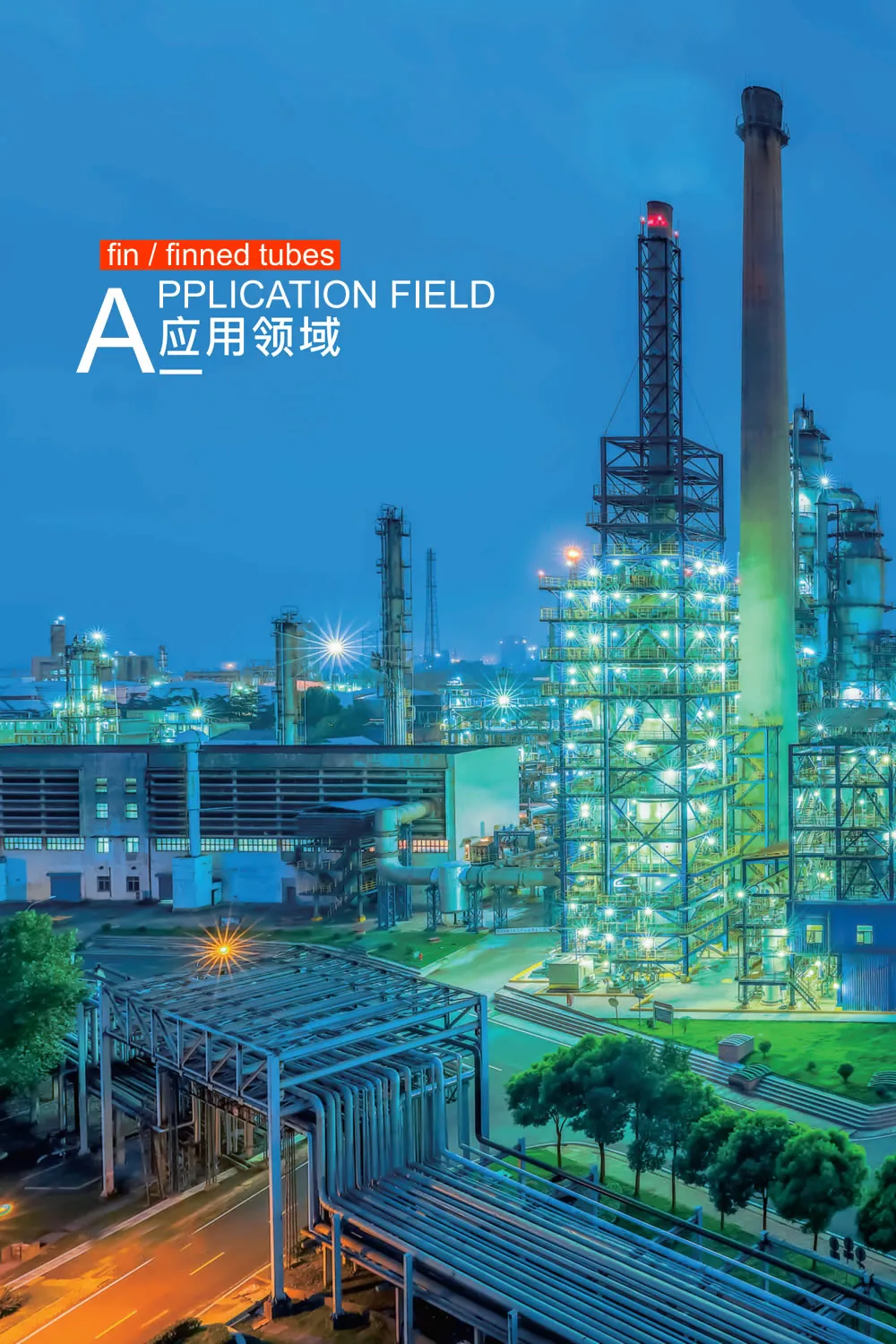
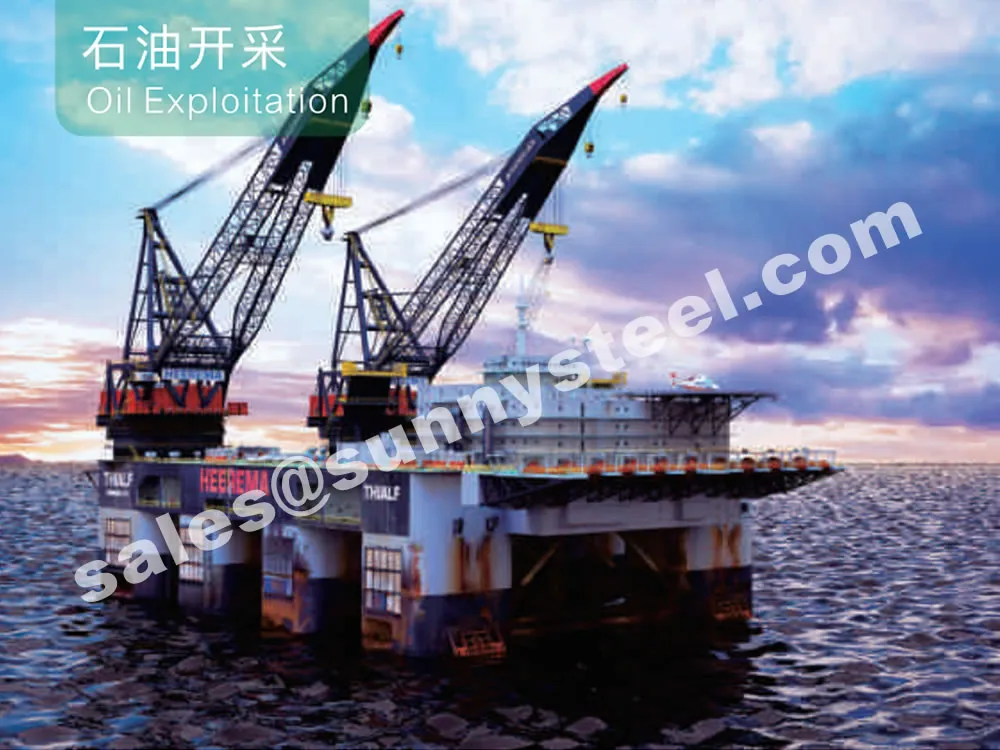
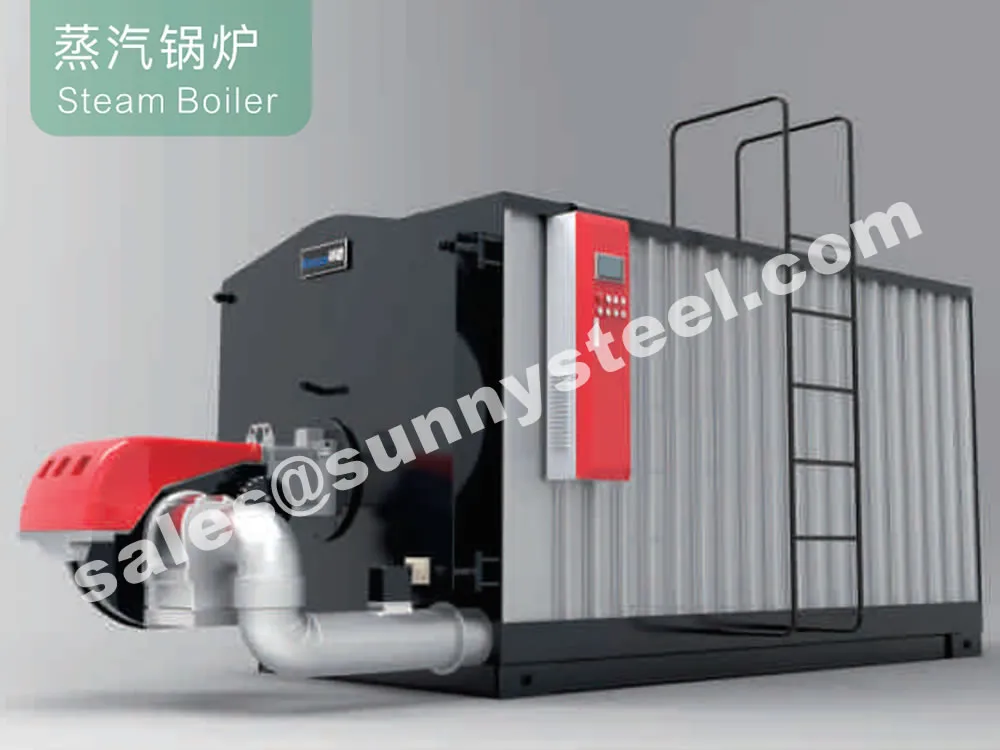
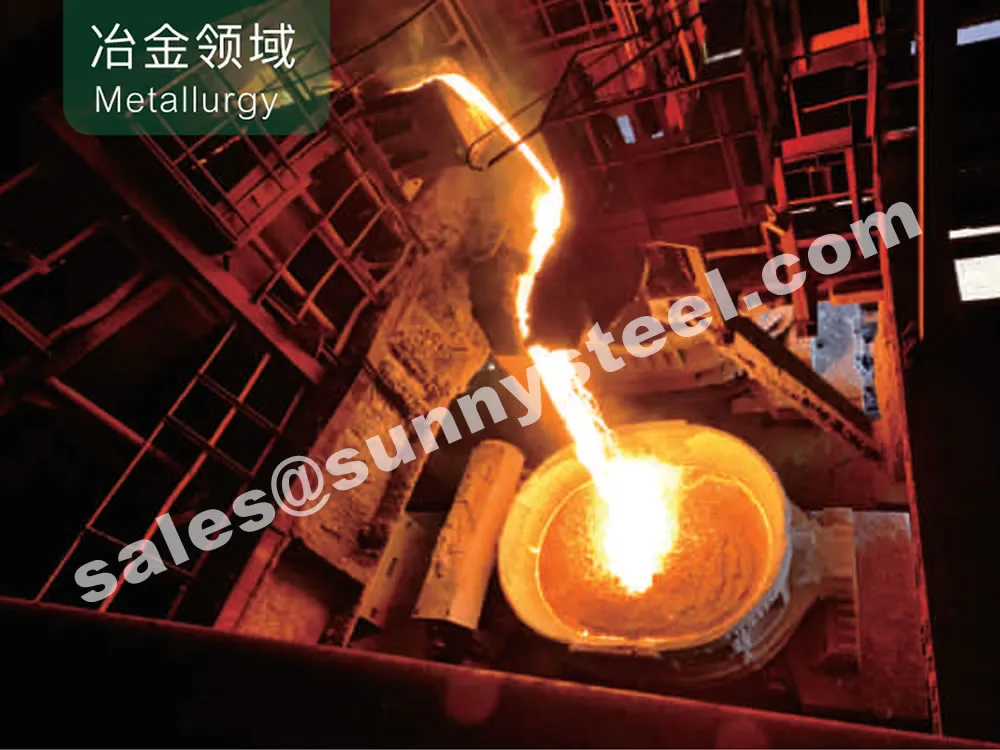
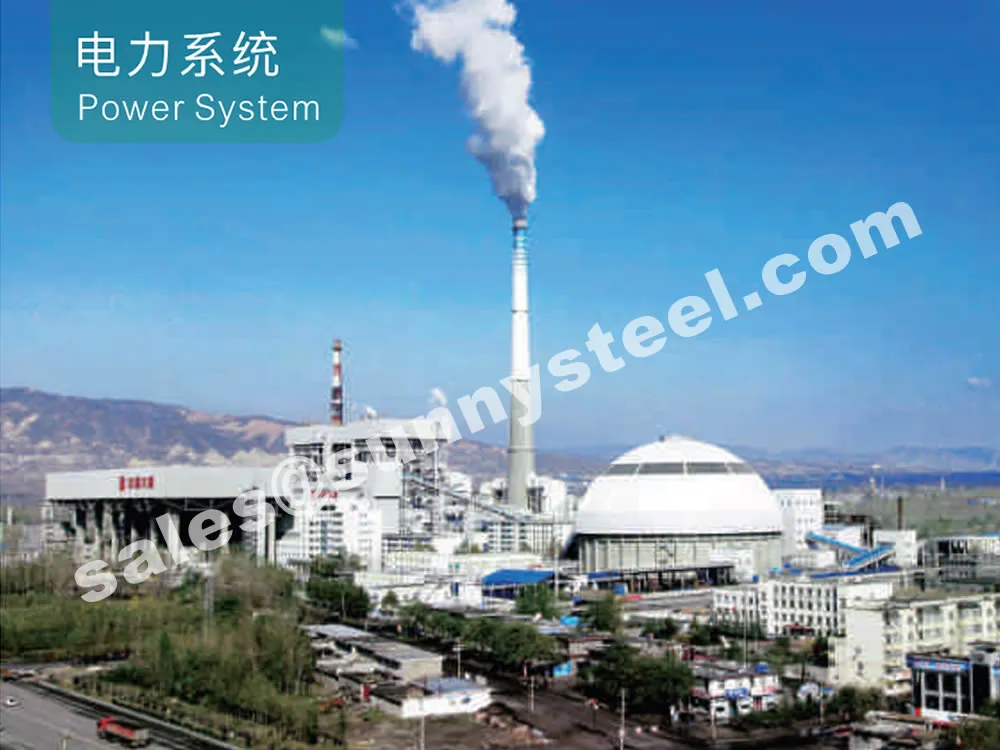
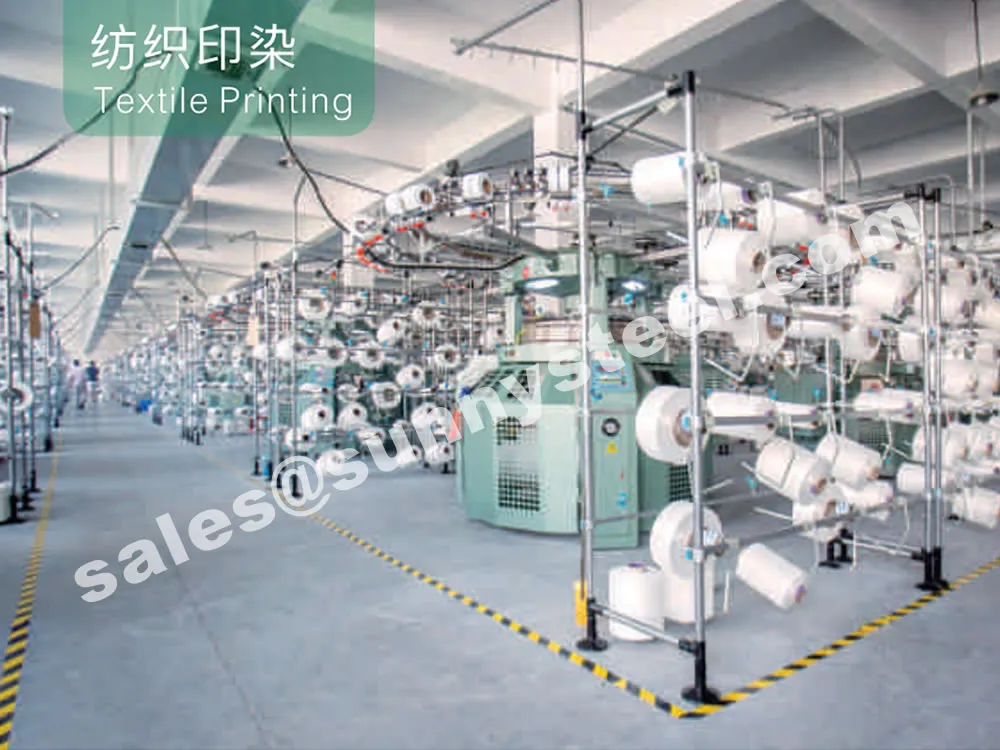
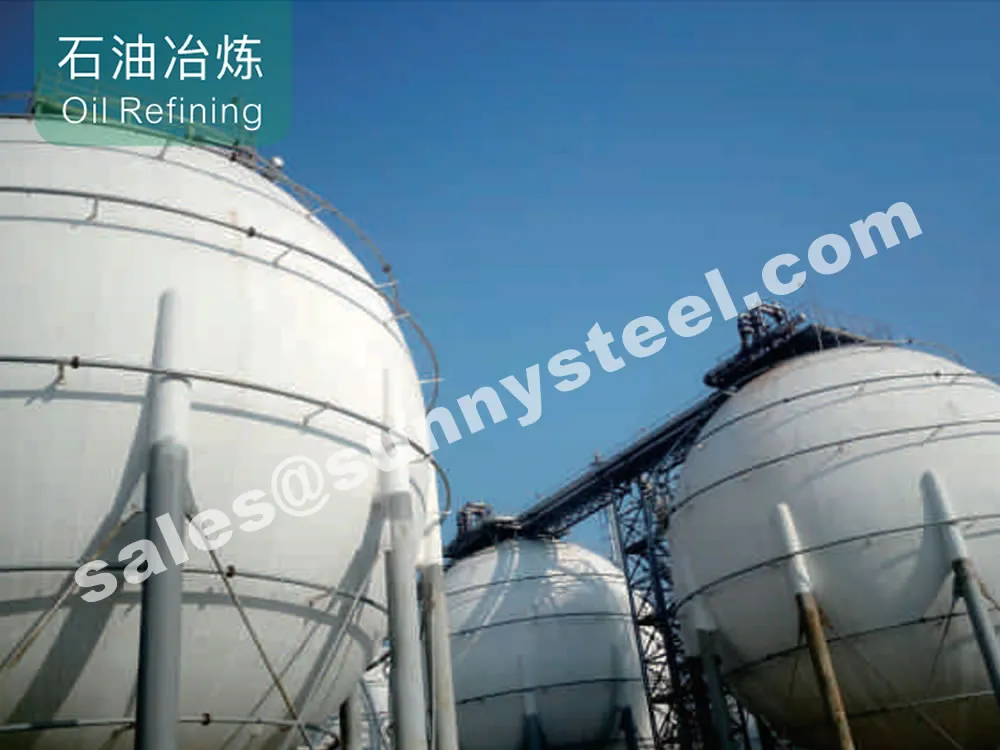
Note:
We are continuously updating our product list. If you can't find
what you're looking for, please try searching for other products.